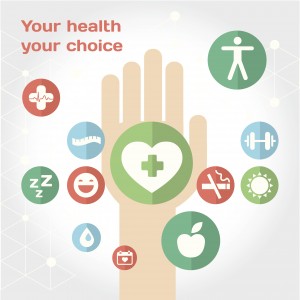People often ask me, “How do you find time to write”? I have been writing this blog every week for over a year. A very senior leader in our organization who always compliments my writing told me recently, “If you can find time to write it, then I can find time to read it”. I appreciate all the comments on the posts where people share their own perspective and stories.
 It is a weekly discipline. But knowing that the content is appreciated and has an impact keeps me going. Writing has also been a great method of reflection for me – Hansei as the Japanese call it.
It is a weekly discipline. But knowing that the content is appreciated and has an impact keeps me going. Writing has also been a great method of reflection for me – Hansei as the Japanese call it.
I guess with over 450 subscribers and more than 27,000 views to date, it’s more than just my family and closest friends who are reading it – that’s all most bloggers ask for.
Regular subscribers get an email notification for each new post. Beyond that, how do I reach readers? I promote each post through the usual social media channels – Facebook, LinkedIn and Twitter — each of which has its own particular audience. I also promote my posts through Next Wave Connect, a social media platform focused on health care. I’m grateful to Anthony Guerra and Kate Gamble at HealthSystemCIO.com for re-posting most of my blog entries; my CIO colleagues who aren’t connected on social media will see them there. And now I publish some posts directly on LinkedIn at the request of one of my connections. He said it would make it easier to share with all of his connections. Continue reading


 Creating sustainable Health Information Exchanges (HIE), not to be confused with a Health Insurance Exchange, is what we are all focused on now. The Office of the National Coordinator for Health IT (ONC) published “Connecting Health and Care for the Nation: A Shared Nationwide Interoperability Roadmap” for public comments earlier this year. There has been progress over the years but we still have a long ways to go.
Creating sustainable Health Information Exchanges (HIE), not to be confused with a Health Insurance Exchange, is what we are all focused on now. The Office of the National Coordinator for Health IT (ONC) published “Connecting Health and Care for the Nation: A Shared Nationwide Interoperability Roadmap” for public comments earlier this year. There has been progress over the years but we still have a long ways to go. Say what you want about the slow performance of the HIMSS15 mobile app, there were many other ways to find out what was happening and where you needed to be. I will say though that our UMHS users would be all over me if our systems had such slow performance – I guess for an app that has the life cycle of a 4 day conference, you can get away with it. But let’s hope for improvements next year!
Say what you want about the slow performance of the HIMSS15 mobile app, there were many other ways to find out what was happening and where you needed to be. I will say though that our UMHS users would be all over me if our systems had such slow performance – I guess for an app that has the life cycle of a 4 day conference, you can get away with it. But let’s hope for improvements next year!
